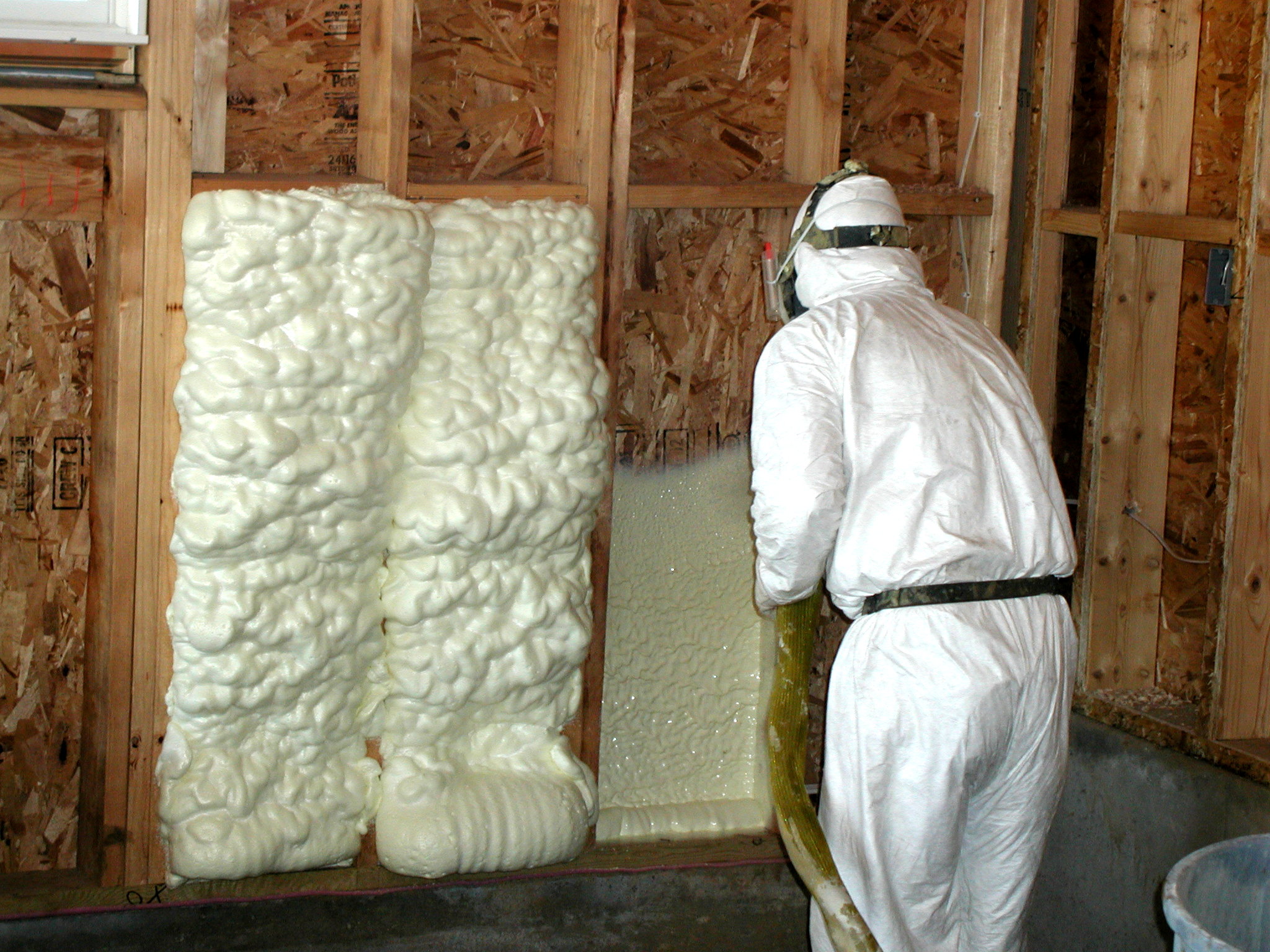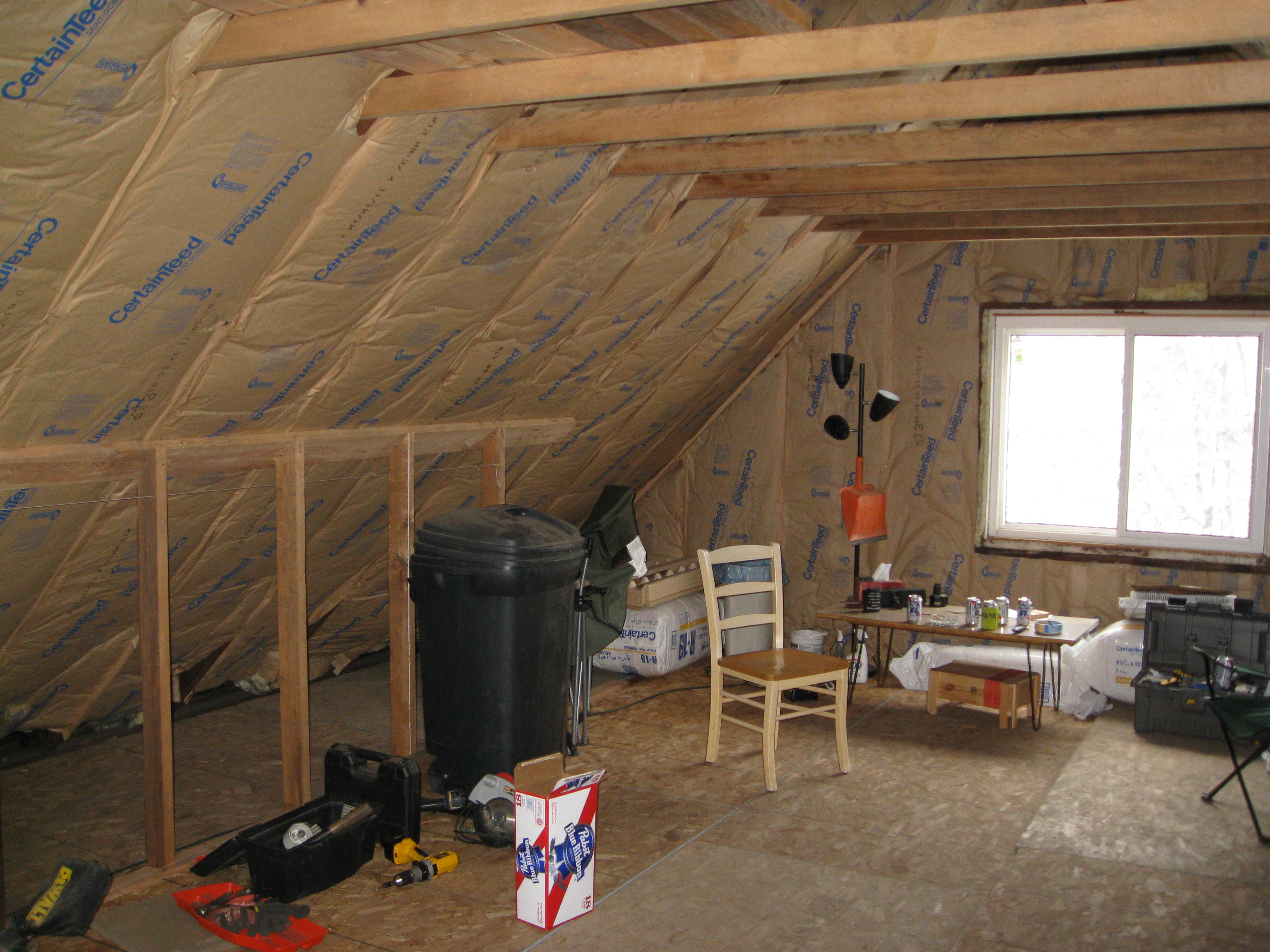7 Fall Tips to Save Money This Fall – And They’re Cheap to Free!
Fall Is Coming! Be Ready! Here Are 7 Tips to Help.
BRRRR! The crazy hot weather that has been with us in Cleveland and most of the US since March has finally broken. I’m wearing a hoodie as I write this for the first time in months. We will probably see 90 again, don’t worry, but in the meantime you are probably thinking about fall – cool weather, football, festivals, raking leaves, and the kids going to school. While the weather is still nice, here are 7 great things to tackle around the house that will save you money and make your house more comfortable this winter.
1. Don’t pay too much for natural gas (or electric). Cost: Free.
It’s easy to compare what you’re paying. Don’t pay too much! You may be able to save 10-50%. The Public Utilities Commission of Ohio (PUCO) makes this really easy with their Apples to Apples tool. Be sure to check for better electric rates too. An hour or so of hassle could save you $100-500 this winter. Just have your bill handy. You’re welcome.
Go with a variable rate. Supply should be plentiful for several years because of fracking, so a fixed rate is not necessary right now. A number of experts have been of this opinion for 2 years or so.
Don’t pay $6 or more total per mcf (thousand cubic feet), the $4-5 range has been pretty consistent for a while.
If you DO want a fixed rate, this is the time to check them out because when demand goes up in a few months, so does the fixed price. Also, pay attention to the cancellation fee, it is usually either $0, $25, or $50. You will be charged this fee if you switch suppliers before your term is up. The $0 and $25 ones don’t really matter, but stay away from the $50 fees.
2. Get a programmable thermostat. And use it (this is the important part). Cost: $20-50.
On a difficulty scale of 1-10 for home improvements, installing a programmable thermostat is about a 3.5. It’s not a super beginner project, but it’s a heck of a lot easier than finishing drywall. Most furnaces and air conditioners only have 3 wires. You can figure it out, really. The most important part is to label the wires before you disconnect them from the existing thermostat. If you’re freaked out, have a handy buddy help and give him a beer or 6. An HVAC guy will probably charge you at least $100 on top of the unit cost to install one, and these are easy, so try and find a way to get it done yourself.
Programmable thermostats come in 3 main categories:
a. Cheap 5/2 ones, $20-30. These give you one program for the week and another one for the weekend. Splurge and pay more for one of these:
b. Good 7 day programmable thermostats, $30-50. These ones let you set every day differently. These are best for most people.
c. Nest. $250. King of sexiness. ‘Nuff said.
Crazy Important Tip: DON’T push the hold button. Supposedly, 90+% of programmable thermostats are on “hold” meaning set on one temperature like a non-programmable one. They only help if you use them. At least turn it down 5-7 degrees at night. Better yet while you are at work, too.
3. Buy plastic window film at garage sales – and make a promise to use it. Cost: $10-30.
This old school, cheap solution performs almost as well in Northeast Ohio as new replacement windows for maybe $20 vs. $10,000-20,000. No, it’s not very attractive and yes, it’s a little work to install. That said, plastic window film reduces what leakage is in your windows (not nearly as much as you probably think) and provides an air barrier that adds about R-1 to your R-1 single pane or R-2 double pane windows.
It’s still garage sale season, so put this on your list. You may pick up a pack for $.50-1.50. Snag it, and resolve to use the hair dryer to put them on once the weather stays cold, October 15th or so.
4. Clean your gutters and make sure they drain away from the house. Cost: Free with optional adrenaline rush from being 20 feet up.
Do you get icicles and ice dams? Leaves in the gutter make them worse. Anything slowing down the drainage of the gutters will make them worse. (Yes, all those fancy systems to keep leaves out of your gutter make icicles worse too, sorry.) So clean them out, scary as it is. But be safe! Click here to read more about how icicles and ice dams form.
While you’re out there, make sure the gutters are draining away from the house. Water in the basement is very often caused by gutter water pooling by the house. It has to go somewhere. Buy a few extra lengths of gutter or downspout splash guard to get the water away from the house.
5. Install door sweeps and caulk around window and door frames. Cost: $20-50.
Door sweeps are cheap, $5-15 each. Cheaper if you find them at garage sales. Put them on the bottom of your leaky front, back, and/or side door (Cleveland and Shaker Heights, I’m talking to you!) Make sure they touch the ground so they actually do some good. All you need is a hacksaw to cut the sweep to length and a drill to put the screws in.
Next up, caulk around the trim on your windows and doors. Contrary to popular belief, they probably don’t actually leak much (it’s a convective loop and a future blog entry.) Where they do leak is the trim around them. Cheapish siliconized caulk like Alex Plus works just fine, be sure to buy one with at least a 20 year rating. Have a very damp (but not wet) rag handy and go around the outsides of the trim where the trim touches the wall with caulk. Wipe the excess off. You probably just saved $5-20 this winter from reduced air leakage.
Here’s what that looks like. The first image gives you some perspective on the white line of caulk, the second a closeup.
A closeup of the caulked window trim.
6. Change a few heavily used light bulbs. Cost: $2-50 per bulb.
Fall and winter are coming, and with them more lights turned on longer. After your fridge, lighting uses the most energy in your home. I’m working on a buying guide for energy efficient light bulbs, but in the meantime buy 2700-3000 Kelvin color temperature bulbs. Don’t worry, it will make sense when you get there. Those are warm in color and the closest to incandescent bulbs. Translation: you won’t hate them and go back to the energy burners.
Traditional bulbs turn 90% of the energy they use into heat. Just witness the 389 degree under cabinet lights I installed in my kitchen. New bulbs use 75-80% less energy to produce the same amount of light.
There are 2 main types of energy efficient bulbs.
a. CFL – Compact Flourescent Lamp – The squiggly ones. Don’t buy a ‘cool white’ or ‘day light’ bulb. You probably won’t like them because you’ll feel like you’re in a mental institution. These have come down from $10/bulb to $1.50-2/bulb for standard ones. You can get recessed light replacement ones for $15-20 each.
b. LED – Light Emitting Diode – Like a new flashlight with 10 little bulbs in it. These are the way of the future. Cheap ones start at $10. Don’t buy those, though, pop for $15-20. They last 10-20 years, so you’ll get your money back.
For now, don’t replace every bulb in your house. You’ll spend too much money, freak out, and stop. Please don’t do that. Just replace 3-5 heavily used bulbs and watch $1-10/month come off your electric bill. Unless you rock. In that case replace them all!
7. Caulk or foam holes under sinks.
Grab the tube of siliconized caulk you used around the window trim (Alex Plus is fine) and a can of Great Stuff or similar spray foam. Look under your kitchen and bathroom sinks. That hole around the plumbing where it goes into the wall? It leaks like a sieve. If it’s small, up to 1/4”, caulk it. If it’s bigger, use spray foam. If it’s huge, put a backer in the hole first like fiberglass or steel wool, and squirt some foam on it. Be sure to keep paper towels underneath, this is a messy project. Wear clothes you don’t like, foam ruins them.
Bonus Tip: Take advantage of rebates before they are reduced or changed. Thinking about a new furnace? Water heater? Insulation? Akron & Cleveland natural gas customers can get up to $1250 in rebates.
Bonus Bonus Tip: Shopping List
Aluminum door sweeps – 1-3
Siliconized latex caulk (like Alex Plus) – 3 tubes
Great Stuff single component spray foam – 1 can
Light bulbs
CFL ___ Wattage Equivalent ___
LED ___ Wattage Equivalent ___
What? You haven’t signed up for our blog yet? You might want to fix that on the top right. And Like our Facebook page while you’re at it for more tips, news, and musings! Thanks for reading!
Get the HVAC Guide

It's free! Make buying a new furnace, air conditioner, or heat pump less stressful.










